Preventive Dental Care
Why it Matters
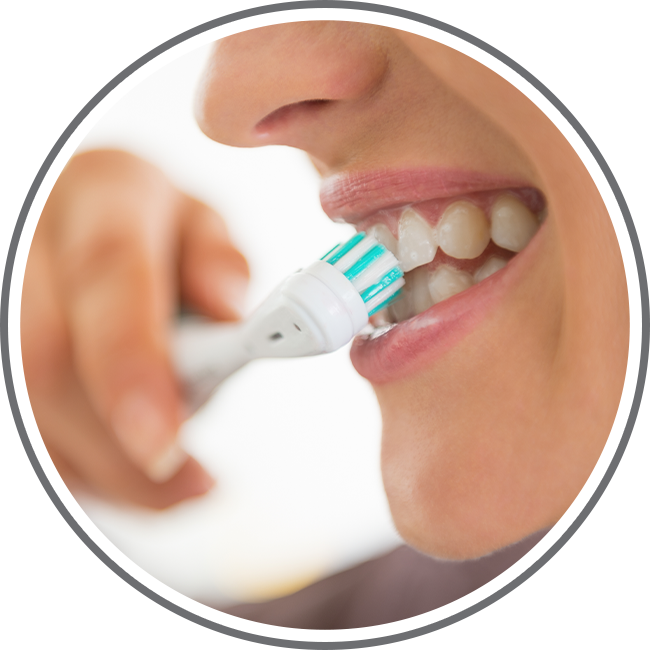
What to Expect
Preventive Care at the Dentist
Comprehensive
Exam
Dr. Patel will evaluate the overall health of your mouth through oral cancer screening, teeth, and gums, paying special attention to any signs of disease or tooth decay that may need a closer look.
Necessary
X-Rays
If needed, our team will take digital X-rays of your teeth in order to get a deeper look at them and better evaluate decay, bone loss, or oral pathology.
Treatment
Plan
Dr. Patel will recommend a personalized treatment plan to you, as well as alternative options for you to consider. He will answer any questions or concerns you may have.
Thorough
Cleaning
Our hygienist will clean the teeth by removing plaque, tartar and bacteria, and polish your teeth and floss your teeth to preserve and maintain optimal dental health.
Preventive Treatment Options
We’ve Got You Covered
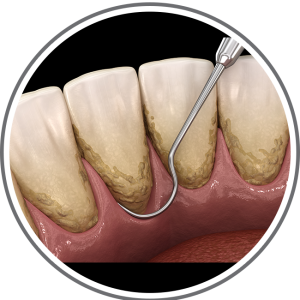 Teeth cleanings are essential for maintaining a healthy mouth. Seeing us twice a year for a cleaning ensures that minor stains, plaque, and bacteria are removed from your teeth and that your smile remains healthy and strong.
Teeth cleanings are essential for maintaining a healthy mouth. Seeing us twice a year for a cleaning ensures that minor stains, plaque, and bacteria are removed from your teeth and that your smile remains healthy and strong.
Good oral hygiene is also important. We believe that the best dental care is preventative dental care, which is why we prioritize patient education at every appointment. Establishing and maintaining healthy oral hygiene habits now, such as daily brushing and flossing, can save you from extra dental work and stress later on in life.
 Fluoride treatments can be applied to your teeth after any cleaning. When you choose to get a fluoride treatment with your cleaning, we will apply a layer of fluoride-rich paste directly to your teeth. It is left in place for several minutes and is then rinsed away.
Fluoride treatments can be applied to your teeth after any cleaning. When you choose to get a fluoride treatment with your cleaning, we will apply a layer of fluoride-rich paste directly to your teeth. It is left in place for several minutes and is then rinsed away.
A fluoride treatment is beneficial because it will attract minerals like calcium and phosphates to your teeth, which will strengthen them and help prevent the formation of cavities.
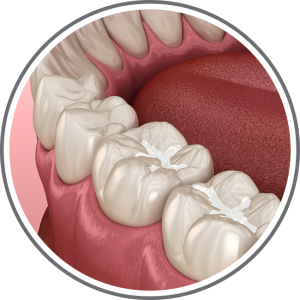 Dental sealants are a great way to fight cavities, and can be used on patients of all ages. Sealants are made up of a layer of liquid dental resin, which we apply directly to your rear teeth, which are more prone to cavities.
Dental sealants are a great way to fight cavities, and can be used on patients of all ages. Sealants are made up of a layer of liquid dental resin, which we apply directly to your rear teeth, which are more prone to cavities.
This resin is hardened using a UV light, creating a strong, transparent barrier. This blocks food debris, acid, and bacteria from contact with your enamel. A strong dental sealant can prevent the formation of cavities for up to 10 years.
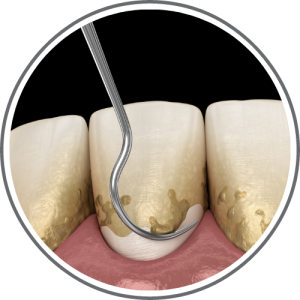 Periodontal care is an essential part of preventive dentistry for patients who have gum disease. The first stage of gum disease is known as gingivitis. Gingivitis can be reversed with specialized deep cleanings and proper oral hygiene. It’s important to see us for regular checkups so we can monitor your oral health and ensure gingivitis is not worsening.
Periodontal care is an essential part of preventive dentistry for patients who have gum disease. The first stage of gum disease is known as gingivitis. Gingivitis can be reversed with specialized deep cleanings and proper oral hygiene. It’s important to see us for regular checkups so we can monitor your oral health and ensure gingivitis is not worsening.
Patients with more advanced cases of gum disease can never fully get rid of the disease, but it can be maintained with more frequent, deep cleanings. We recommend routine periodontal maintenance cleanings every 3 months. These frequent cleanings can help stop the progression of the disease.
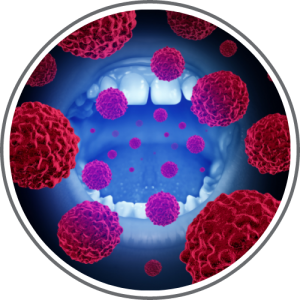 Oral cancer is often hard to detect until it spreads more widely and becomes more serious; however, we can detect early signs by performing an oral exam at every cleaning appointment.
Oral cancer is often hard to detect until it spreads more widely and becomes more serious; however, we can detect early signs by performing an oral exam at every cleaning appointment.
During an oral cancer screening, we will examine your mouth, gums, and oral tissues to look for discolored patches, lumps, growths, and anything that looks abnormal since your last visit. If we find a lump during a cleaning, we will take a biopsy and send it to a lab for further testing. We stand by our patients battling oral cancer and work with them to determine the best treatment plan for their diagnosis.
What to Do
Preventive Dental Care at Home
Brush
Proper brushing removes plaque buildup and can prevent tooth decay and gum disease. We recommend brushing your teeth with a soft-bristled brush and fluoride toothpaste twice a day for at least two minutes each time.
Place the brush at a 45-degree angle and gently move it back and forth over your teeth. Be sure to brush the gum line, outer and inner areas of your teeth, and the chewing surfaces. You should also lightly brush your tongue to remove bacteria. Replace your brush when it starts to wear down or every 3-4 months at a minimum. You should always get a new toothbrush after you’ve been sick.
Floss
Flossing allows you to remove plaque and food particles in areas that your toothbrush can’t reach, such as between your teeth and under your gum line. You should floss at least twice a day.
Start with about 18 inches of floss, and wind the majority of it around your middle fingers. Leave a small section of about 1-2 inches to work with. Keep the floss taut and slide it up and down in between your teeth, gently moving it underneath the gum line on both sides. You should never force the floss as this can cut or bruise your gums. Use a clean section of floss for each pair of teeth.